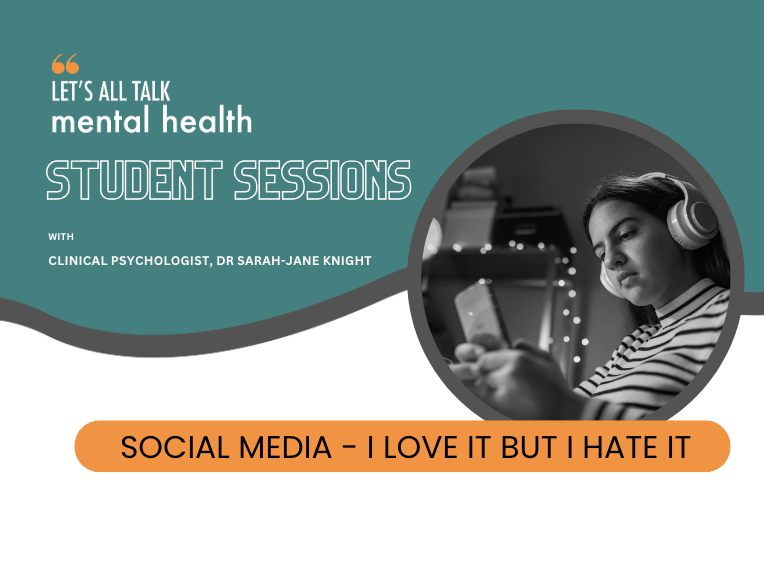I HATE THE WAY I LOOK – WHY IS EVERYONE MORE CONFIDENT THAN ME?
Understanding Adolescent Confidence and Self-Perception
Adolescence is a critical period marked by significant physical, emotional, and social changes. One of the most common issues faced by teenagers is low self-confidence, often accompanied by negative self-perception. This phenomenon is not only widespread but also deeply ingrained in the adolescent experience.
The Adolescent Experience
Adolescents frequently struggle with their self-image, often feeling that they do not measure up to their peers. This self-consciousness is a natural part of growing up and is exacerbated by the intense scrutiny that teenagers place on themselves. The desire to fit into peer groups and social circles makes them hyper-aware of their actions, appearance, and how they are perceived by others.
The Role of Social Media
The advent of social media has intensified these feelings. Unlike previous generations who were exposed to idealized images sporadically through magazines or television, today's teenagers are constantly bombarded with curated images and videos. This relentless exposure creates unrealistic standards and heightens self-scrutiny, making it even more challenging for adolescents to feel confident about their appearance.
The Universality of Self-Consciousness
It is crucial to understand that self-consciousness about one's appearance is a universal experience. Everyone, including those who seem confident or fit societal ideals of beauty, has moments of self-doubt. This is true for both genders, although societal pressures have traditionally been more acute for girls. However, recent trends indicate that boys are also increasingly feeling the pressure to conform to certain physical standards.
Coping Mechanisms
Reducing Social Media Exposure
One of the most effective ways to combat negative self-perception is to limit time spent on social media. Curating one's feed to follow accounts that promote positive and realistic body images can also be beneficial. Social media often presents a highly edited version of reality, and recognizing this can help mitigate its impact.
Positive Reinforcement
Engaging in activities that bring joy and fulfillment can significantly boost self-confidence. Whether it's spending time with loved ones, pursuing hobbies, or simply taking a walk, these activities provide positive feedback and help build a more balanced self-image.
Reflecting on Positive Traits
Another useful exercise is to consider what close friends or family members value about oneself. This reflection can provide a more rounded perspective on one's worth, beyond physical appearance. It is often the non-physical attributes—such as kindness, humor, and reliability—that are most cherished in relationships.
Accepting Compliments
Learning to accept compliments gracefully is a skill that develops over time. It can feel awkward, especially for teenagers who are already self-conscious. However, acknowledging and believing in the positive things others say can gradually improve self-esteem.
Conclusion
Adolescence is a challenging time, and issues related to self-confidence and self-perception are common. By understanding that these feelings are universal and taking proactive steps to mitigate their impact, teenagers can navigate this period more smoothly. Reducing social media exposure, engaging in fulfilling activities, reflecting on positive traits, and learning to accept compliments are all practical strategies that can help boost confidence and foster a healthier self-image.




